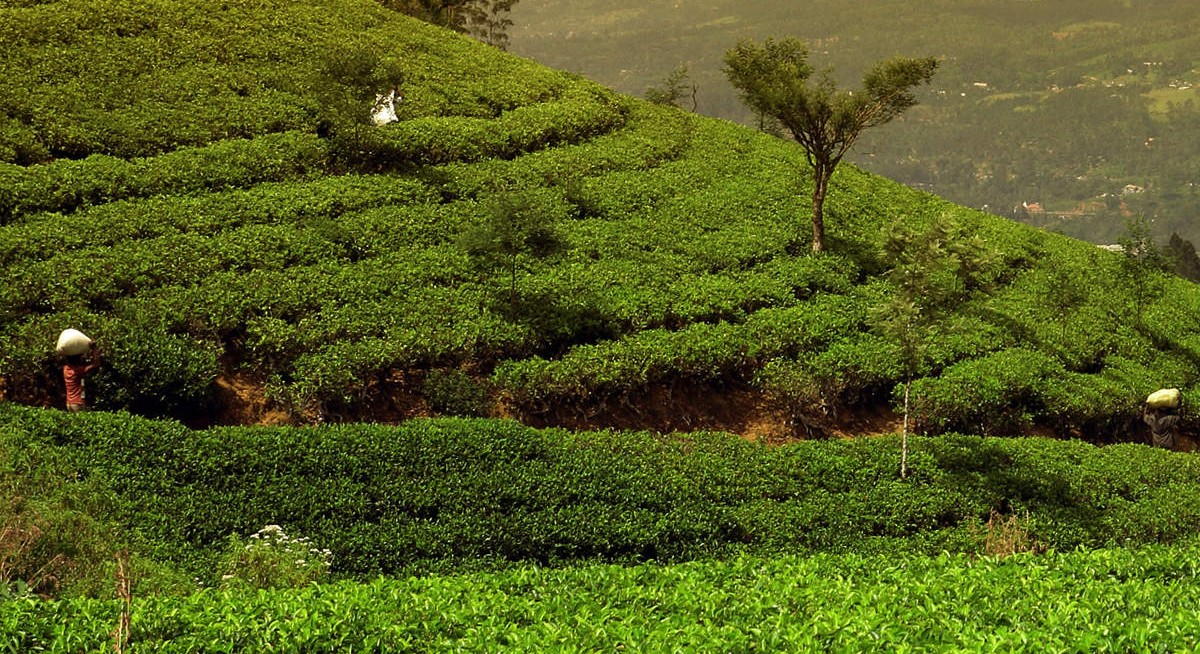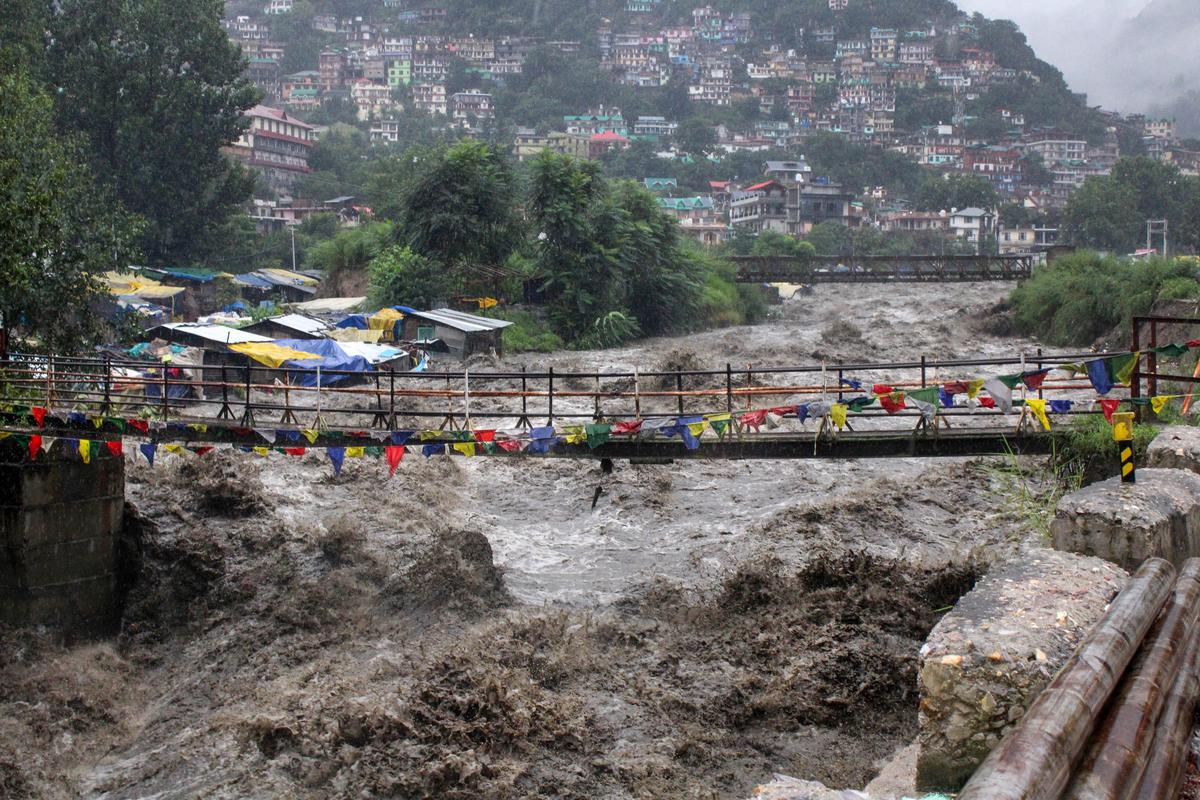Climate Change: Indian Tea impacted by excessive chemicals, major threat to Northeast
Climate change is expected to decrease not only the quality of tea, but also the quantity of tea production in warming world.
By Editorial Team / Aug 9, 2022

Image Source: The Economic Times
After losing opportunity of ramping wheat export due to global
food crisis due to Russia-Ukraine war, now Indian tea producers’ chances to capture
tea export market on back of falling produce by crisis-hit Sri Lanka has also hit
a roadblock.
Reportedly, Indian tea consignments have been rejected by
several countries because of pesticides and chemicals above the permissible
levels early this year in April-May. Tea producers have to conform to Maximum
residue level (MRL) of chemicals set up by the Food Safety and Standards
Authority of India (FSSAI). MRL, a trading standard, safeguards that the
residue levels do not pose any risks to consumers. Till present, FSSAI has
notified MRL for 34 pesticides.
However, traders blame changing environmental conditions for
increased usage of chemicals for maintaining quality as well as the quantity. Climate
change started changing the quality of the tea leaves and erratic rains and
strong winds began depleting the soil. By 2012,
green leaf productivity had declined by 41.97% compared to 1993 figures and
30.90%, compared to 2002. By 2021, according to the latest data provided by the
Tea Board, the production of Darjeeling tea fell to 6.19 million, the lowest on
record.
Impact of Climate Change
Several studies have concluded that the climate change is
expected to decrease not only the quality of tea, but also the quantity of tea
production in warming world. Temperature rise, increase in ambient CO2
concentration, erratic rainfall events, longer dry periods, more hail, and
cyclonic storms, and pests and diseases are becoming more resistant.
The rainfall pattern and the average and maximum
temperatures in all main tea production regions seem to have undergone marked
changes in the recent past. According to a study, ‘Global warming and Tea
Production’, the tea plants are affected by both excesses and shortages of
water and suffer from increased climatic stress. Changing climate conditions
impact the concentration of secondary metabolites, which are most important for
the quality of tea. The dilution of phytochemicals as a consequence of more
frequent extreme rains has resulted in the changes of the tea taste.
Another study ‘Effect
of Climate Change on Production of Darjeeling Tea’ stated, environmental
factors are responsible for the development of seasonal quality of tea leaves.
It is also a known fact that pest and disease incidence is related to the
weather pattern. Therefore, temperature rise, increase in ambient CO2
concentration and extreme rainfall events (heavy rainfall and drought) brought
about by climate change (global warming) can affect production and quality of
tea.
Basic Environmental changes: Pronounced changes in
temperature, precipitation, and relative humidity are changing basic parameters
necessary for growth and development of tea, such as soil pH, water content,
organic matter, nutrient
availability, pest and disease management, ecological systems around tea
gardens and eventually tea processing.
Shift of tea production areas: With increasing
temperatures, especially a rise in the minimum temperature, the tea growing
area would be extended to higher latitudes and higher altitude ecosystems. This
might be beneficial for tea production in relatively cold climate regions, but
would have a negative effect in lowland and tropical areas as they may become
unsuitable for tea cultivation in the future. This could trigger a shift in
suitable locations for the cultivation of some varieties if high-quality tea is
to be obtained.
Tea plucking duration: The temperature increase in
subtropical areas with distinct seasons will extend the duration of growing and
plucking. It is reported that the number of days warmer than
10°C, which is regarded as the starting temperature for tea sprouting, may
increase by 15 days if the annual mean temperature increases by 1°C. With an
increase in spring temperatures, the tea budding time will be advanced and the
harvest can begin earlier.
Carbon-dioxide concentration: The photosynthesis
would acclimatise to high CO2 concentration, so that the increase in yield
would not be as great as expected since CO2
concentration increases gradually with long-term climatic change. In addition,
as the concentration of CO2 increases, other plant growth limiting factors such
as a shortage of nitrogen and microelements will appear, further reducing the
benefit of the CO2 concentration increment to tea yield.
Pests and diseases:
Warmer
weather helps insects and pathogens to survive in winter, which is a
critical time for their reduction, and thus helps to shorten the damaging
period by increasing the number of annual generations and reproduction rates in
some pests.
Soil quality: An increase in temperature speeds
up the microbe depletion of soil organic matter while reducing the time
needed to release nutrients from chemical fertilisers. Intense daily
precipitation may cause severe flooding or landslides, which remove fertile top
soils. The enrichment of CO2 and other air pollutants such as SO2 and NO2 will
cause strong acid precipitation that further increases soil acidity.
Northeast India- The most impacted
The main tea-growing areas of Northeast India, Assam and
West Bengal, have registered steady increase in the average minimum temperature
that risen by about 1.3°C over the last 100 years. However, the annual
precipitation has steadily declined. Annual precipitation in the South bank
region at the TTRI of Assam has declined by more than 200 mm in the last 96
years.
Further, models derived by WorldClim and IPCC4 found that
the average temperature may increase by 2°C in Northeast India
in 2050, while there will be a little variation in the rainfall pattern as
compared to today.
Ongoing changes on account are likely to result in negative
economic and social consequences, particularly for tea farmers, workers on tea
estates, and tea traders. Assam
contributes around 17% of world tea production, supporting the livelihoods
of around 1.2 million laborers. Tea planters need to look for climate change
adaptation strategies for their future tea production. Scientists and researchers
have called for changes in management practices to adapt to the changing
climate.


